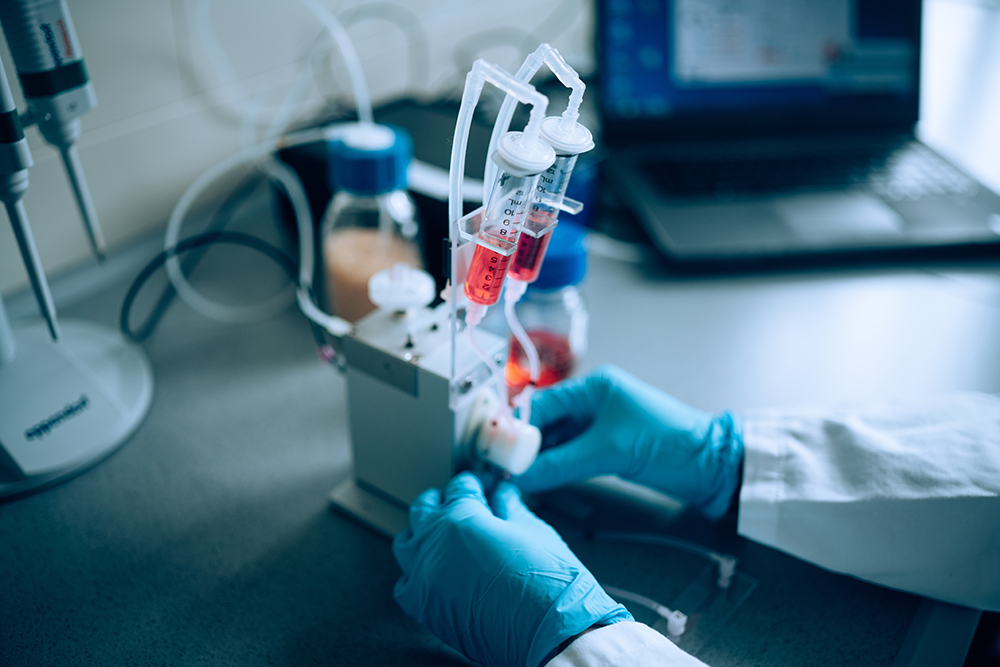Sepsis is a life-threatening organ dysfunction caused by a dysregulated immune response to an infection. The aim of this project is to establish cell culture models to better understand the underlying mechanisms of endothelial activation and dysfunction in sepsis. The project is carried out jointly by the University for Continuing Education Krems, IMC University of Applied Sciences and Karl Landsteiner University of Health Sciences.
Sepsis is one of the leading causes of death worldwide and a major economic burden due to treatment costs, high mortality, and long‑term disabilities. A better understanding of the underlying mechanisms is pivotal to enable individualized therapy. Efficient and sensitive diagnostic tools are required to start targeted therapy as quickly as possible. Understanding which factors influence the activation and barrier function of the endothelium under septic conditions is crucial to counteract endothelial damage leading to organ dysfunction.
Mechanisms and treatment of sepsis
Together with the University Clinic St. Pölten the effect of inflammatory mediator depletion from the circulation of sepsis patients is studied in the frame of the project “Inflammation, Sepsis and Regeneration: Development of Efficient Diagnostic Methods and New Therapeutic Approaches in Inflammation and Sepsis” to increase knowledge of the molecular mechanisms of sepsis. Endothelial cell lines with pathogen receptors that can be turned on and off by light are developed in order to study the mechanisms and pathways of endothelial activation. Physiologically relevant cell culture models for sepsis are being established, especially with regard to the activation of the endothelium and the loss of its barrier function under septic conditions.
The project, which is funded by GFF NÖ (Grant agreement number K3‑F‑744/005‑2019) and runs until end of 2024.
Contact:
Tanja Eichhorn, PhD MSc, University for Continuing Education Krems, project lead
Prof.(FH) Mag. Dr. Christoph Wiesner, IMC University of Applied Sciences
Prim. Assoc. Prof. Dr. Christoph Hörmann, Karl Landsteiner University of Health Sciences
